The divine rivalries of Scarterra in broad strokes, meta article
When I first started drafting ideas for Scarterra years ago, my initial goal was to create a D&D world, but I eventually decided to give it a homebrew magic system based on D&D conventions but with the magic toned down a little bit.
I noticed almost every fantasy world builder and author starts with creating various fantasy peoples and then asks “what gods would Nation A or Tribe X worship” and create pantheons that way. Often every race, tribe, or nation has a separate god or goddess or entire pantheon which might work if the gods and goddesses are the personification of mortals’ collective hopes and fears and this makes sense metaphysically but almost all fantasy religions I read say God X created People X which doesn’t make sense and to some extent makes one wonder "how did the gods come to be?”
I wanted to create a world from the top down. Starting top down with the gods and goddesses and work my way down. Instead of asking “What kind of gods would these people worship” I ask “What kind of people would these gods create?”
It occurred to me that rather than give every nation, race, or tribe a different patron deity or pantheon, if one group of gods and goddesses created the world, then the entire world would have the same pantheon. There would still be religious conflict. Instead of arguing about which deities to worship, people feud over the correct way to worship the gods.
Every since I heard of them, I liked to read about Greek mythology and the dysfunctional feuding family of Olympian gods and goddesses. Every since I was introduced to D&D years ago (2nd edition), I was intrigued by the nine alignments and I loved the crazy hypothetical story of an adventuring party made up of one person from all nine alignments. I used that as a baseline for creating my own family.
While that was my baseline, it set up natural rivals. It seemed obvious that the Chaotic Evil deity would have a natural rivalry the Lawful Good deity. The Lawful Good would generally get along well with the Lawful Neutral and Neutral Good deities. I didn’t want to be trapped in a straight jacket by the alignments or make things too cliché.
“I hate you because you’re Evil and I’m Good!”
Most evil people are evil with a small “e” not a capital “E” and most villains are heroes in their own story. I didn’t want my evil deities to be evil for the sake of being evil, Phidas, Greymoria, and Maylar all have a personal justification for their villainous acts and they sometimes do things that help the greater good, but for selfish reasons. For instance Phidas safeguards the Barrier which protects all of creation from the Void. He might pretend to care about all the mortals and he might even care a little bit, but he maintains the Barrier because Turoch swore two things. Turoch swore he would return and Turoch swore he destroy Phidas first. In a way, Phidas is a divine embodiment of capitalism which channelizes greed and self interest towards the common good. Phidas is the god of oaths and punishment for oath breakers. All the Nine broke their oath with Turoch but Phidas suffered the most having his face ripped off, much like how in Norse mythology, Tyr who embodies oaths is the one who lost his hand when the Asgardian pantheon collectively violated their oath with Fenris, but Tyr paid the biggest price.
I try to put layers into the Nine, and as part of this, I want the built-in rivalries or dark mirrors to be opposed not because their abstract moralities are opposed but because their goals are opposed.
Mera and Greymorias' Rivalry
Let us start with Mera is who is Neutral Good and Greymoria is Neutral Evil. In a way their rivalry is the purest embodiment of good versus evil, but their rivalry isn’t really about good and evil.
I didn’t consciously realize it because I only discovered the academic literary archetypes after coming up with these characters but the two main feminine archetypes in literature and mythos, at least Western folklore if not universal are the “good mother” and the “evil witch”. Mera and Greymoria very much embody these archetypes.
Mera is truly compassionate and loves all mortalkind. So much so that she takes unnecessary risks to the collective because she doesn’t want to let even one soul down if she can help it. While she makes mistakes, she mostly is a boon to mortalkind and she is very widely worshiped in gratitude for her numerous kind acts.
Greymoria is very much a spiteful witch. She feels that mortals don’t love her as much as she deserves to be loved, so Greymoria lashes out and punishes mortals for not loving her, which of course causes them to fear and hate her, which hurts Greymoria’s feelings more and causes her to lash out again, in an infinite cycle. Note, Greymoria’s evil counterparts, Maylar and Phidas, don’t mind being feared. Phidas wants to be feared and loved and Maylar just wants to be feared and doesn’t mind in the least bit being hated.
Like Echidna of Greek mythology, Greymoria is often called the Mother of Monsters. Greymoria keeps creating new creatures hoping to create children who will love her, but most, if not all, of her children eventually turn on her as they don’t appreciated being used as expendable soldiers to throw at the mortals who don’t love her, so they turn from Greymoria and become her new enemies, in an infinite cycle.
Greymoria kind of hates all of her divine siblings but she hates Mera the most. The main reason Greymoria hates Mera is that Mera has lots of worshipers and Greymoria has few worshipers. To make matters worse, Mera isn’t actively trying to recruit worshipers, she just attracts them without trying!
While Greymoria is all about smiting and cursing any and all mortals who don’t love her as much as she deserves, she relishes causing suffering and death to Mera worshipers above all else.
Mera is not particularly proactive. She mostly reacts to Greymoria’s actions trying to shield her worshipers from Greymoria’s wrath. Mera also has adopted many of Greymoria’s cast-off wayward children. Her most notable success are the kalazotz, a reformed subspecies of the villainous camazotz. Despite starting as a small splinter group, the kalazotz now greatly outnumber their parent species camazotz.
Mera wants mortals to prosper and spread love and community. Greymoria wants mortals to suffer and spread division and strife.
On the mortal plane, Mera’s core worshipers tend to focus on helping people and Gerymoria’s core worshipers focus on hurting and cursing people. The Children and Tenders do not fight directly very often. Among other issues, when the Tenders are attacked by anyone, not just by Greymoria’s Children, Lanterns and Guardians come out of the woodwork to defend the poor Tenders. Most Children don’t have the courage or might to directly challenge the Lanterns and Guardians on the open field forcing the Children to focus on clandestine actions like poisoning and espionage.
Mera is the goddess of life giving water and Greymoria is the goddess of drowning and destructive water.
Mera is a giver of life and nurturer of families while Greymoria is the goddess of poisons and the patroness of all undead.
Zarthus and Phidas’ Rivalry
Zarthus is Chaotic Good and Phidas is Lawful Evil. They are natural rivals. This rivalry needs some work to make it feel more organic. Much of their followers rivalry stems from the fact that Zarthus’ Lanterns oppose corrupt governments and Phidas’ Masks support corrupt governments. Zarthus is all about piercing the darkness and uncovering hidden evils. Phidas wears a mask, as do most of his followers. Phidas, much like his followers like to put a friendly smiling face over their darker deeds. The mask symbolism is not exactly subtle. Zarthus supposedly came up with the idea of poisoning Turoch. Greymoria made the actual poison (in a horrifying way), but it was Phidas who actually delivered the poison to Turoch and he was the one who Turoch punished for it and yet mortals tend to give Zarthus more credit. This infuriates Phidas of course. Phidas believes that because he suffered more at Turoch’s hands, he deserves more consideration than the rest of the Nine and none of the rest of the Nine give this notion any credence but it is Zarthus that openly mocks it. Zarthus is anti-materialistic and Phidas is very materialistic. Zarthus gave mortals the gift of art and music with the idea that these beautiful creations, especially music, cannot truly be owned or contained. Phidas gave mortals the concept of currency to quantify value of everything and encourage acquisition of things. On the mortal plane, Zarthus Lanterns and Phidas’ Masks fight a lot, not just a cold war but these groups often actively try to kill each other. The Lanterns want to protect civilians and the Masks want to save face, so both sides go out of their way to avoid collateral damage and to not broadcast their fighting so the big Lantern/Mask brawl is fairly quiet, but everyone knows it is going on. Often, my evil gods and their followers are active and the good gods and their followers are reactive, but in the case of Zarthus versus Phidas, Zarthus is the initiator of conflict more often than not. Going back to Greymoria and Mera embodying alternate feminine archetypes, I do not believe Zarthus and Phidas represent conflicting masculine archetypes, at least not especially well. In a way Zarthus and Maylar are better foils for each than Phidas and Zarthus. Also Phidas and Hallisan make better foils, at least thematically. Going beyond their alignments, Zarthus represents the positive aspects of individuality and tribalism and Maylar represents the negative aspects of individuality and tribalism. Hallisan represents the positive aspects of ambition and hierarchies and Phidas represents the negative aspects of ambition and hierarchies. On some level Zarthus represents allegorical socialism and Phidas represents allegorical capitalism, at least initially. Now I’m not sure this translates in a pre-industrial world. I also like capitalism despite it’s flaws and I’m not meaning to dump on it by making the divine avatar of capitalism evil. I have only recently begun reading the works of Robert E. Howard, most famous for his character Conan the Cimmerian aka Conan the Barbarian. A common theme in Howard’s work is that at a certain point civilization becomes corrupt and rotten and you need a barbarian to bring back the honesty and the virtue that was lost. A famous quote of Conan/Howard was Civilized men are more discourteous than savages because they know they can be impolite without having their skulls split, as a general thing. Perhaps this is a better way to represent the Phidas/Zarthus dichotomy than economic systems.Hallisan and Maylar’s Rivalry
Hallisan is Lawful Good and Maylar s Chaotic Evil. Natural rivals right? Hallisan makes a good foil for Maylar. Hallisan believes the strong should protect the weak and Maylar believes the strong should exploit the weak. Hallisan represents chivalry and honorable warfare and Maylar represents criminality and low warfare. I suppose one could argue that they represent positive and negative masculinity (though if I bring up gender archetypes in RPG forums it usually accidentally angers people). Knights and lords are often associated with Hallisan while brigands and criminals are often associated with Maylar. In Scarterra, the ongoing blood feud between dwarves and orcs is a divine proxy for Hallisan and Maylar’s ongoing blood feud. Hallisan’s and Maylar’s religious followers frequent try to kill each other. Hallisan and Maylar’s rivalry state of being two sides of the same coin or dramatic foils or dark reflections is perhaps the most obvious of my rival pairings.Nami and Khemra’s Rivalry
Nami is Chaotic Neutral and Khemra is Lawful Neutral. This technically makes them opposites and implies they would be bitter enemies but this theory does not play out well in practice.
In the brainstorming stage, I focused a lot more on my non-neutral deities. Heck, I probably gave Korus more attention than Nami and Khemra combined. My first RPG campaign, 2 out of 4 players characters chose to play a Khemra theurgist. I did not expect to go into such a Khemra heavy direction right out of the gate.
I initially thought I guess I should throw a bunch of Nami themed antagonists at the PCs, but I couldn’t come up with many non-contrived reasons why a Nami follower would be opposed to the PCs.
Khemra is not a robot that values law for the sake of law and Nami is not a crazy person who values chaos for the sake of chaos. As I develop Nami and Khemra beyond their alignment stereotypes, I think they are not really enemies, not like the other opposition pairings.
Someone suggested a good metaphor in a discussion that Khemra is like a mom that wants to make sure her children eat their vegetables and do their homework. Nami is like a mom that wants takes her children to the water park and then buys them ice cream. Their goals are not really at odds, only their methods are at odds, but they both want what is “best” for mortalkind.
On her darker side, Khemra wants everything to be in it’s proper place and she can cause a lot of temporary suffering among mortalkind in the pursuit of her perfect order. On her darker side, Nami will sometimes disrupt the status quo, simply to watch the interesting effects caused by this deviance and this can cause temporary suffering mortalkind. Neither Khemra or Nami want to hurt people, they just view it as acceptable.
Even here, Khemra and Nami have little to fight over. Khemra’s “perfect order” easily gets disrupted by the normal ongoing rivalry between Mera and Greymoria or the normal ongoing rivalry between Phidas and Zarthus or the ongoing rivalry between Hallisan and Maylar. Nami doesn’t need to kick over Khemra’s proverbial sandcastle because the sand castle usually falls down without Nami having to lift a finger. Also, Nami can mock Khemra more if Khemra’s plans fail on their own. For her part, Khemra cannot forcibly put Nami “in her proper place” because she doesn’t really have a proper place.
Khemra and Nami don’t really like each other but they are not exactly mortal enemies.
On the mortal plane, some of their respective followers, Nami’s Rovers, and Khemra’s Keepers might fight on theological grounds but this isn’t common. Nami’s Rovers pride themselves on freedom and making their own decisions. Most Rovers have better things to than pick fights with Keepers. For their part, Keepers are trying to regulate the entire Nonagon and they don’t have time to worry especially hard on what the Rovers are doing as long as they aren’t literally setting anything on fire.
For the most part when the Rovers and Keepers actually fight, as opposed to merely bicker, it is often the extremist fringe among the Rovers (ie the Bachites) fighting the extremist fringe of the Keepers (ie the Night order). Since the mainstream Rovers and Keepers secretly dislike their own fringe, they don’t normally bat an eye if one these embarrassing comrades happen dies quietly somewhere.
Who is Korus rivals with?
Korus is True Neutral. In some traditional D&D settings fanatic True Neutral characters hate all extremes and are opposed to anyone and anything with no neutrality in them, LG, LE, CE, and CG. Korus likes things being in balance but doesn’t seek balance simply for the sake of balance. Maybe this is a bad metaphor but I like to think of Korus like the old Kung fu master in the remote mountain monastery who generally sits out of most fights and resists most provocation but in the rare instance someone does raise his ire, he beats the stuffing out of everyone easily. A better metaphor might be the Ents of Lord of the Rings. The Ents sat so quietly for so long that Sarumon and everyone else mostly forgot about them but then when the despoilation of nature roused them to action, their wrath was terrible. Maylar and Greymoria may have the most monsters, but Korus has the scariest monster. Rarely seen, in the rare event Korus is angered he has plenty of minions for “RELEASE THE KRAKEN!” moments. Besides giant monsters embodying nature’s wrath, Korus also makes the crops grow so he can hit nations that anger him with famines. At this point, very few mortals or even deities dare to cross Korus. Korus’s worst rival is Korus. Korus builds bridges between the spiritual and physical, Fae Home and the material pane, civilization and the wilderness, masculine and feminine, good and evil, law and chaos. This has made Korus a little schizophrenic. While it is rare for Korus’ to become so angry that he decides to put some godly smiting on erring mortals, his mortal followers are not so slow to anger. Some of Korus’ followers among the Stewards of the Dominion are eco-terrorist that will seek lethal retribution for fairly small offenses. Given that the Stewards of the Gift are pro-agriculture and the Stewards of the Dominion are pro-nature and that farmland by default need to be plowed out of the wilderness, Korus’ mortal followers are among the least united. Okay, so Maylar’s Testers and Phidas’ Masks have a lot of intercine policy, but this is waved off as “internal struggles to weed out the weak from our ranks.” When Korus’ mortal followers fight each other, it is uusally over deep ideological differences, not out of social Darwinism.
Cover image:
Symbol of the Nine
by
Pendrake

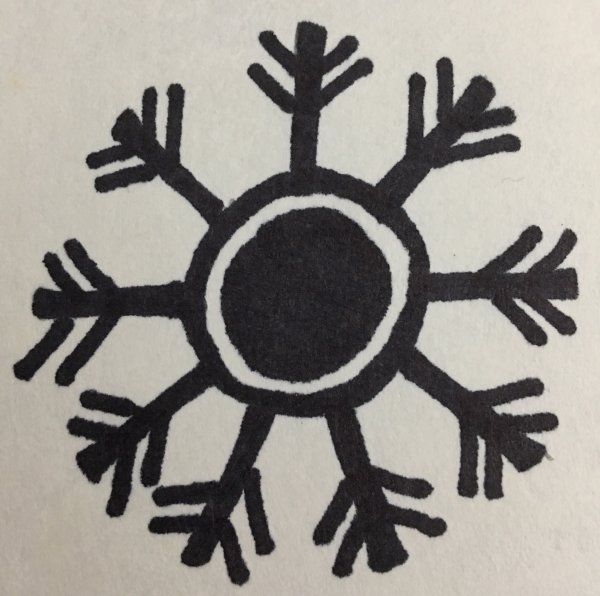

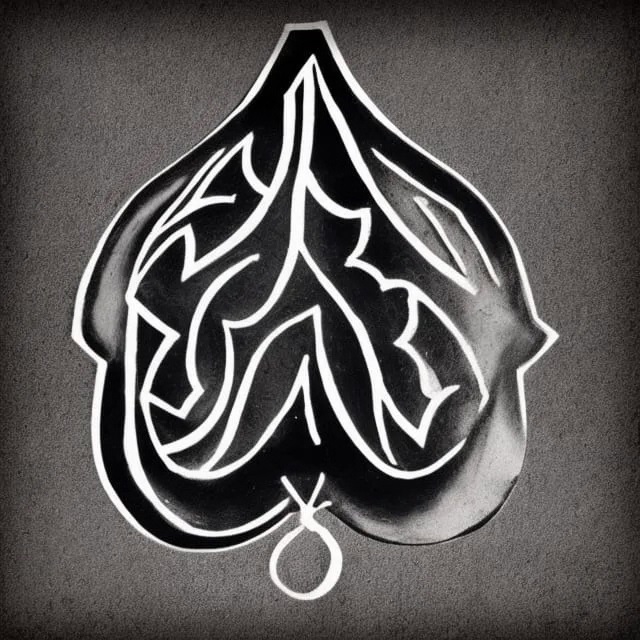

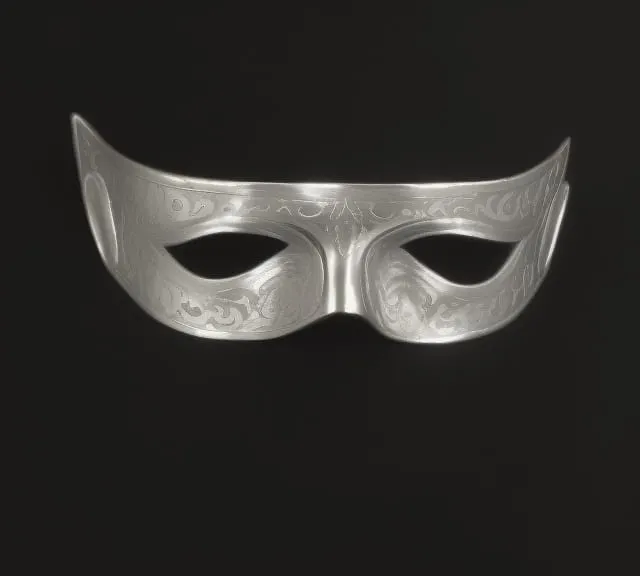
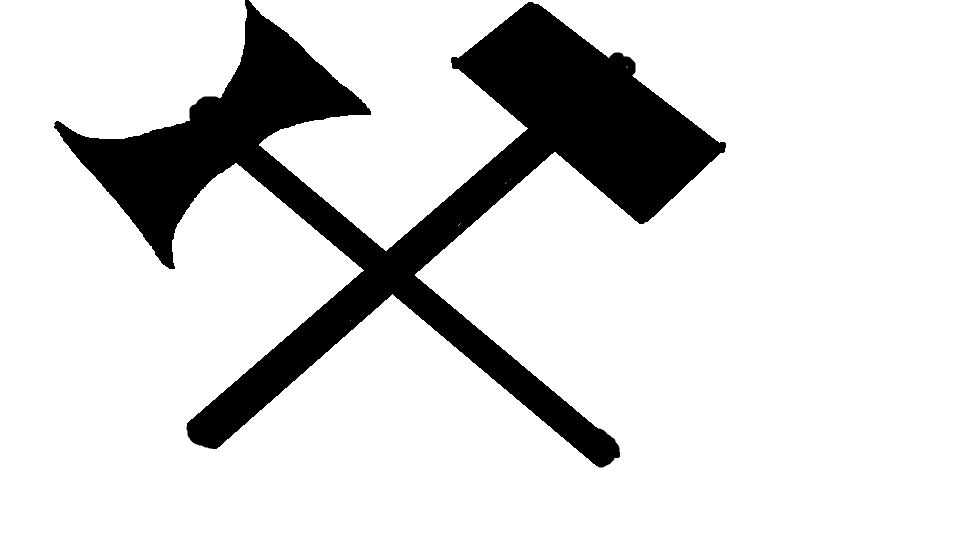
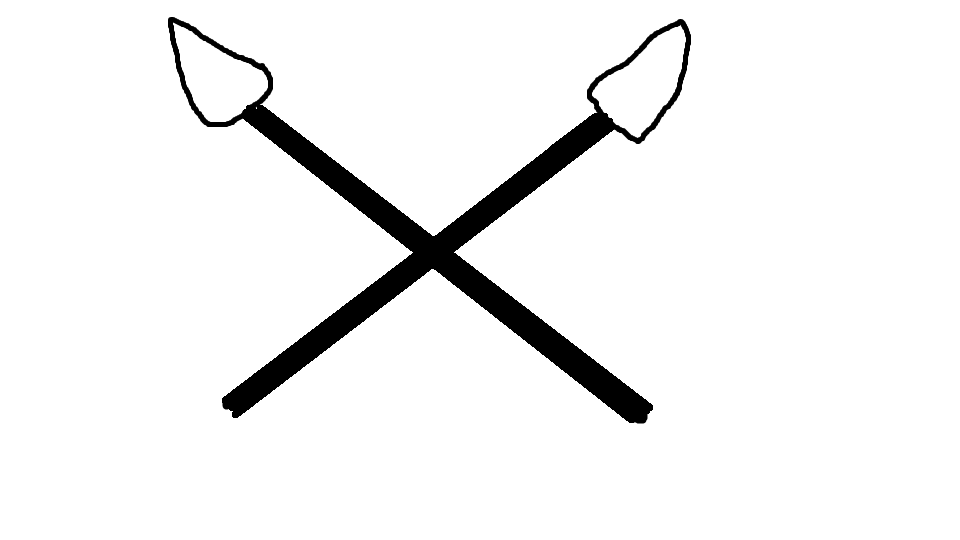

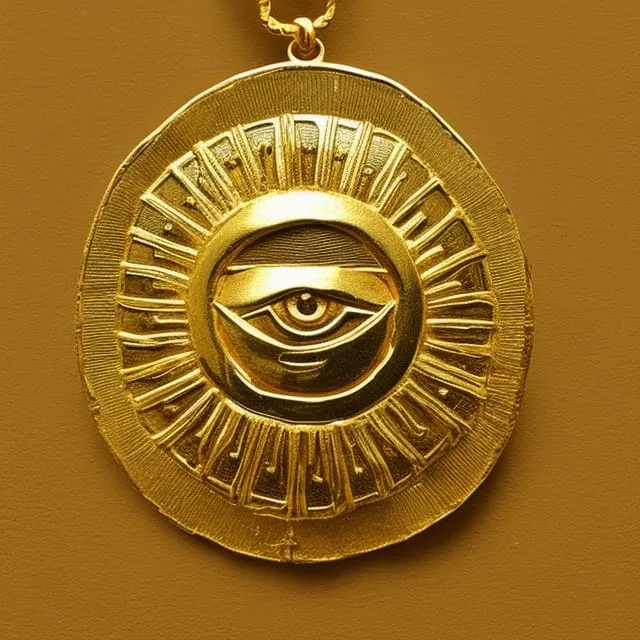
Comments